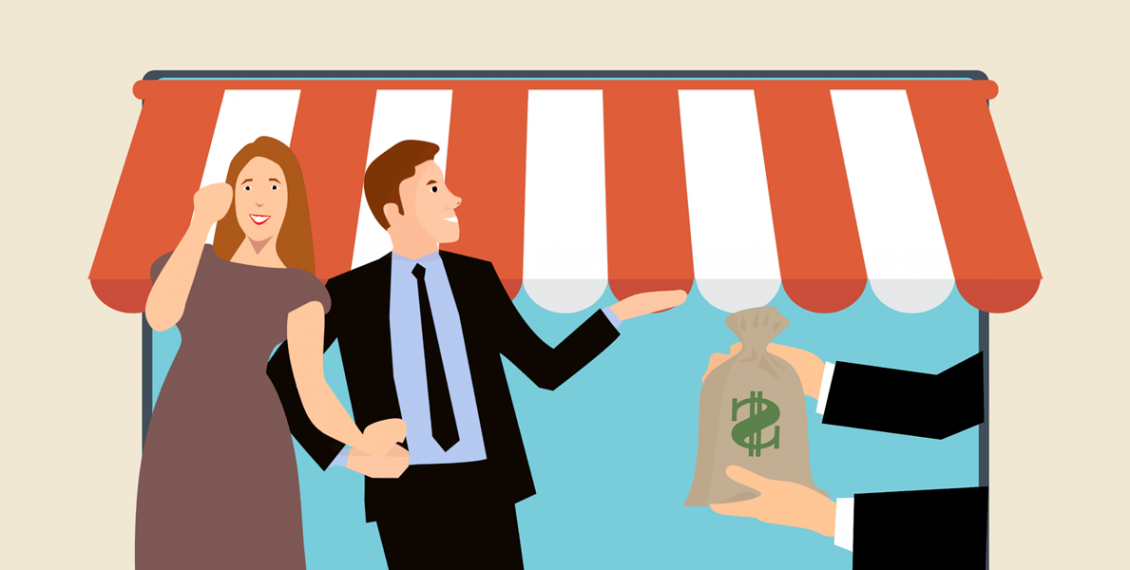At What Point Does Upselling Hurt Your Business’ Profitability?
By Rodney Laws | Ecommerce

Suppose you sell two products that do the same thing, except one is cheap and practical, and the other is expensive and luxurious. Along comes a prospective customer with an eye to buying the first one. Do you simply make that sale, or do you make an effort to push them towards the upmarket alternative? It’s the latter, surely — the price is higher, the profit margin is greater, and you stand to gain more from that exchange.
This is the popular art of upselling, and when it’s done well, it benefits everyone. You get to make more money, and the customer gets the indulgent experience of going away with something better than they anticipated getting. But you can take upselling too far, making it not just ineffective but actually counterproductive.
When does upselling start to make you less money instead of more? Let’s consider it:
There’s a fundamental back-and-forth to the sales process. It’s easy to forget that when you’re dealing with ecommerce because it feels so disconnected from any traditional model of negotiation, but it still manifests in the wavering interest of the shopper. They want to feel that they’re getting a good deal, and every time their options change, their opinion does too.
With that in mind, here are some of the ways in which upselling can cause a shopper to be less interested in placing an order:
It’s all about understanding context and making sensible decisions about what the shopper will accept before it stops being useful and starts being grating.
Most of these factors are subjective and thus hard to gauge, so how do you know when upselling is starting to impede your efforts? The first and simplest method is to focus on the analytics. This calls for a lot of A/B testing: whenever you’re thinking about introducing an element of upselling to your sales funnel, add it as a variant and run it against the existing version of the page.
If you do this carefully as you roll out updates, you’ll notice when it starts to turn against you, because the metrics will reflect it. You’ll see more site visitors leaving after your upselling attempts — they’ll likely leave their original selections in their carts as they go. Naturally, you’ll see a decrease in the average order value: the very thing upselling is supposed to help with.
The reason analytics matter so much is that they move past your fallible impressions of what’s working and cut to the fundamental data: if they show that your upselling results in 2% more conversions, then it’s clearly working, no matter what you think of it.
In addition to watching your analytics, you should get into the habit of consulting customers to get their feedback about your operation. Ask them how useful your upselling attempts are: do they like being given opportunities to change their orders, or would they prefer to be given space to complete their orders?
This is important for the following reason: customer opinion is often a great predictor of future metrics. For instance, suppose that your analytics show your upselling to be successful, but your customers say that they’re starting to find it a little too much — it may be that making another update will hit the tipping point that turns it counterproductive. If sentiment is turning against your sales approach, you can change course before going too far.
In conclusion, upselling can go wrong in various ways, and starts hurting your profitability when you overdo it without realizing. To avoid this, track your performance carefully, and be ready to adjust your approach when the metrics demand it.
To learn more about building a successful ecommerce business, check out my blog and how-to guides for easy-to-follow advice.